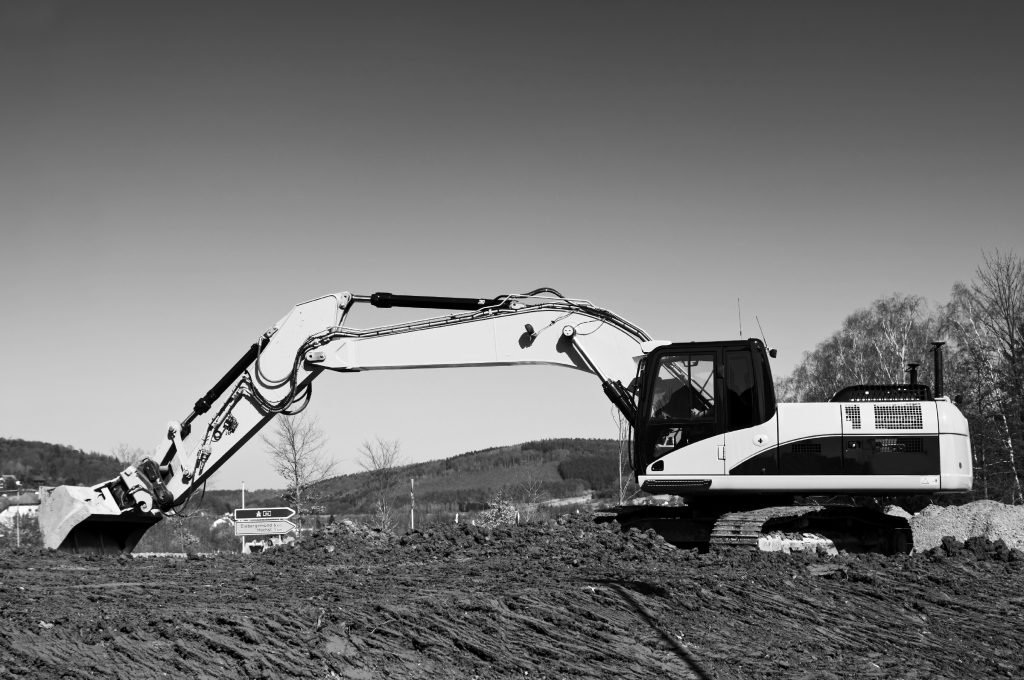Down in the Trenches
Contributed by Builders Mutual, with support from the Job-Site Safety Institute
Developers, excavation contractors, utility contractors, masons, and even plumbers know the dangers of working in the trenches. A sudden cave-in can trap or even crush a worker. Asphyxiation from a lack of oxygen or the inhalation of toxic fumes threatens workers. The danger of an explosion or electrocution looms because of underground utilities. Surprisingly, even drowning poses a risk. Water rushing into a trench can quickly overtake a worker.
Working down in the trenches means putting your life on the line. According to OSHA, the fatality rate is 112% higher for excavation work than for general construction. Fortunately, sloping, benching, and shoring systems help mitigate the risks, but only when these protective measures are employed properly. Your knowledge of trenching and excavation pitfalls might help save someone’s life. Look out for one another—and avoid these top 10 oversights—while trenching or doing excavation work.
The Top 10 Trenching and Excavation Pitfalls
- No Independent Soil Test
Developers commission soil tests and make them available to other subcontractors, but seasoned excavation contractors conduct soil tests of their own. Often, contractors in the early years of their businesses cut this corner to save money, which may prove very costly in the long run.
- No Daily Inspections
Before work begins each day, every trench must be inspected by a competent person. What qualifies this person, often the superintendent, to conduct an inspection? Training. The best superintendents have soil analysis and protective systems training. They not only have the knowledge to identify the hazards, but the authority to eliminate them.
- Inadequate Benching or Sloping
How often have you witnessed trenches with vertical walls and no benching or sloping? OSHA requires proper benching or sloping, based on soil class, for trenches five feet and deeper.
- Improperly Placed Spoil Piles
Placing spoil piles a minimum of two feet from the excavation site causes a minor inconvenience. So why go through the trouble?
Spoil piles add height and weight to a trench wall. Consider a three-foot trench with a two-foot spoil pile placed directly on top of the trench wall. Not only have you compromised the integrity of the soil, but OSHA will measure your trench at five feet, instead of your original three, and you have now failed to meet its standards for a five-foot trench.
The combination of the vibration from your excavation equipment and the added weight of the soil from the spoil pile may cause a small fissure in the soil, triggering a cave-in or, more frequently, a rock or clod of dirt that rolls off the spoil pile and strikes an employee inside. A cave-in may not crush a worker entirely, but cave-ins have trapped many workers who then needed post-accident knee and hip reconstruction. Injuries from being struck by a rock or clod of dirt can be more severe in nature, from blown-out knees to nerve injuries in the neck that may never heal. While these shallow trench depths may seem trivial, they deserve attention.
- Improper Trench Box Use
Read the manufacturer’s instructions for all types of shoring equipment, including depth, capacity, and pressure thresholds. The top of the trench box must be at least 18 inches above the start of the slope; otherwise, the trench box that was designed to save a life can bury a worker.
- Improper Trench Box Access
When using a trench box to protect themselves, workers often make the critical mistake of passing through an unprotected area of the trench to access the box. Don’t leave yourself vulnerable for even this short amount of time. Ladders, stairways, and ramps aid trench access and egress. Does your excavation site use them properly? For trenches four feet and deeper, use one for every 25 feet of lateral travel.
- Water in the Trench
Water in a trench spells danger. It can silently undercut the trench wall, weakening it and leaving it prone to a cave-in. Use a pump to remove any water in the trench before continuing work.
- Trenches Unguarded Overnight
If trenching and excavation work pose significant risks to well-trained construction workers, then imagine the increased risks for unwanted job-site visitors during the night. Whether the trench work is ongoing or you are awaiting the inspection, put a structural barrier such as orange safety fencing or guardrails around any trenches as another deterrent, even if the entire site is restricted by chain-link fence.
- Close Proximity to Heavy Equipment
If operators of heavy machinery aren’t trained properly, employees working in trenches close to this equipment could be in danger. Employees on the ground should be trained as well so they are aware of the hazards and know how to work safely around heavy equipment. It is also paramount to inspect equipment daily to make sure all safety devices are working properly.
- Improper Marking of Underground Utilities
Properly marking the locations of underground utility mains ensures that no damage occurs to electric, water, or sewer lines. Are your employees trained on how to make and read these markings? To guarantee these protocols are adequately followed and to prevent serious injuries, deaths, or costly fines, you should implement and verify safety procedures for locating underground utilities.
With a close eye on these common pitfalls, you can prevent easily-avoidable accidents on your team.
Builders Mutual is one of the Mid-Atlantic and Southeast’s leading writers of commercial insurance for the construction industry (www.buildersmutual.com).
Founded by Builders Mutual, the Job-Site Safety Institute (JSI) is a nonprofit 501(c)(3) research and educational organization dedicated to eliminating all job-site-related injuries and deaths in the construction industry (www.jssafety.org).




